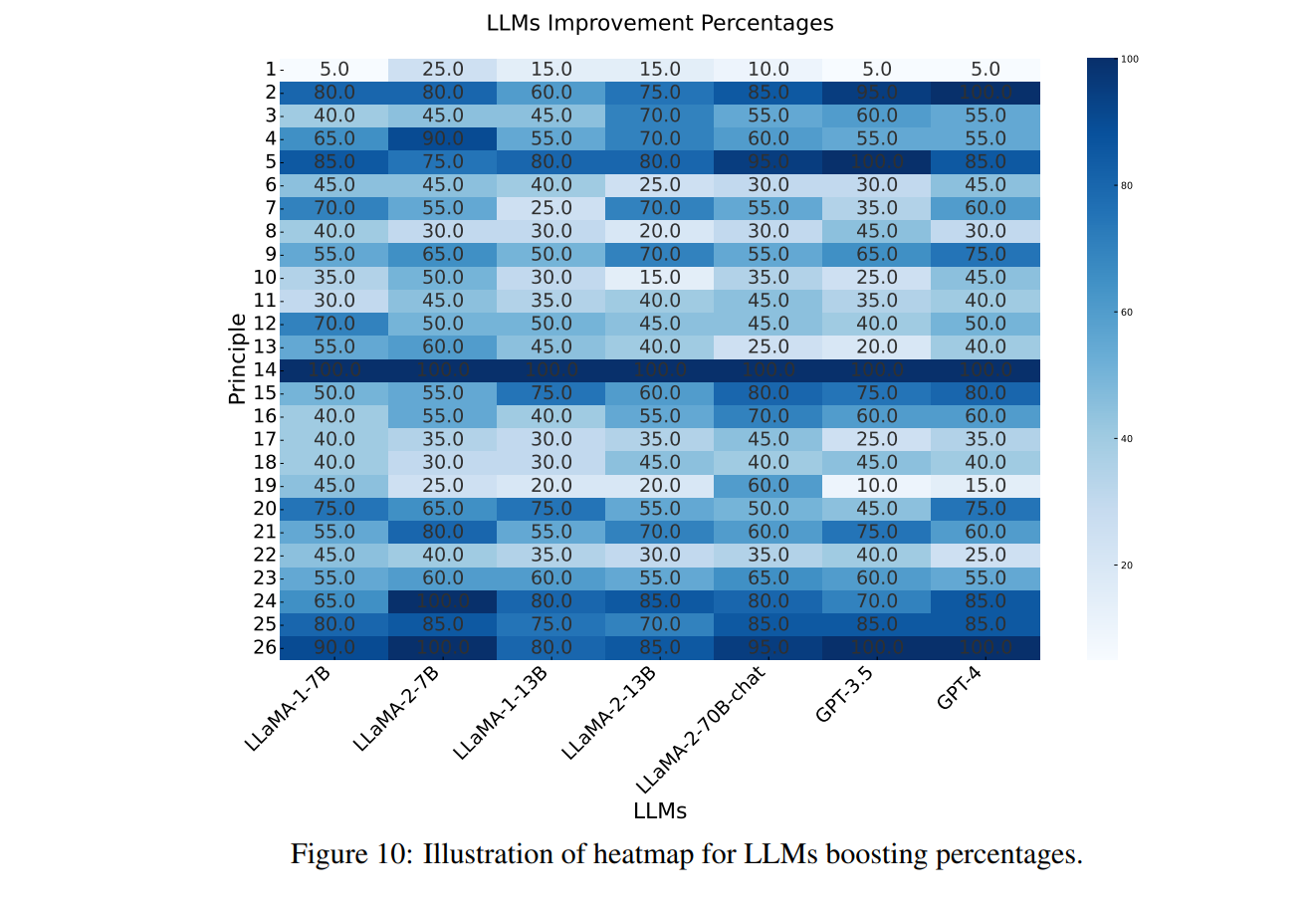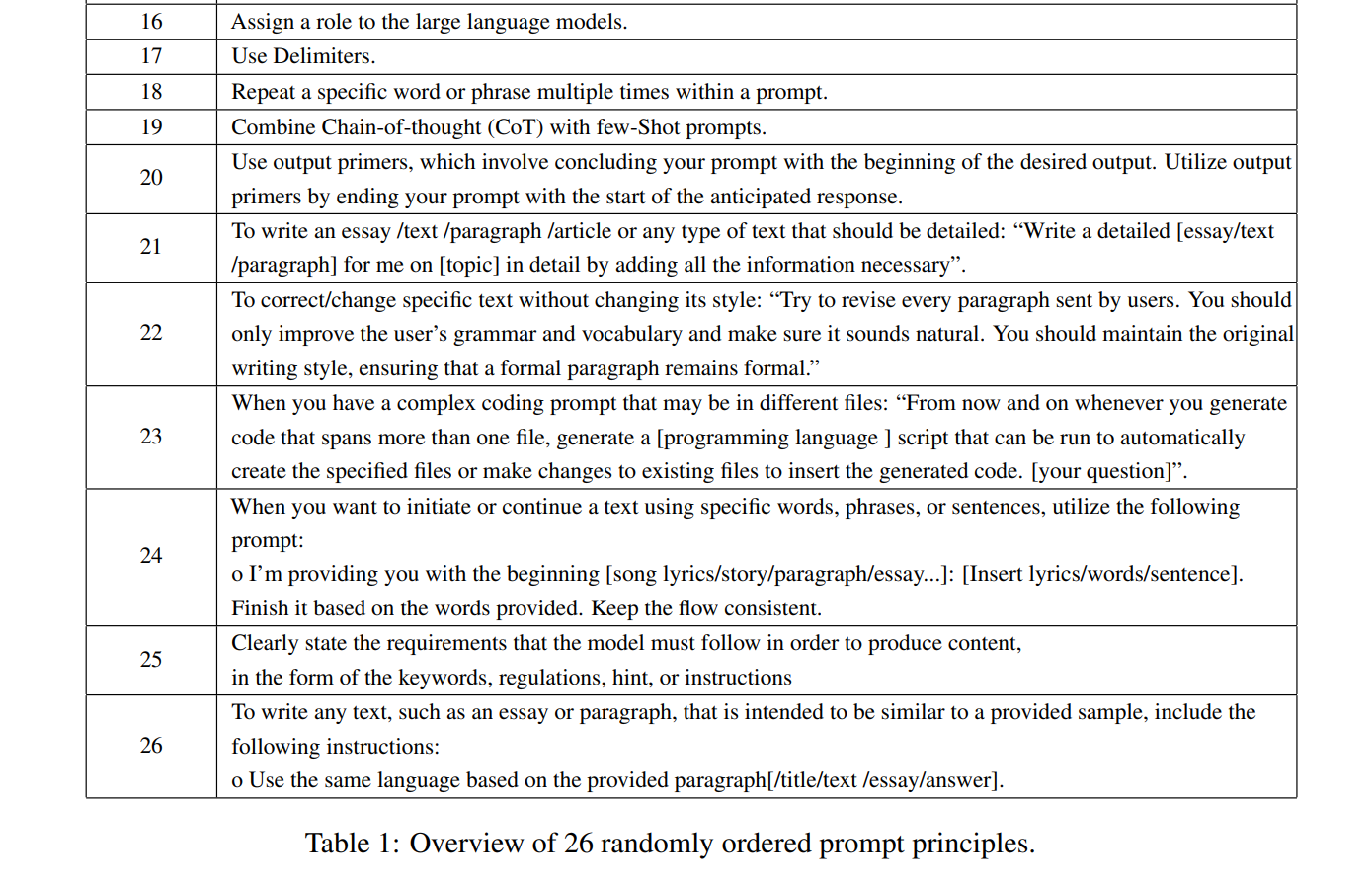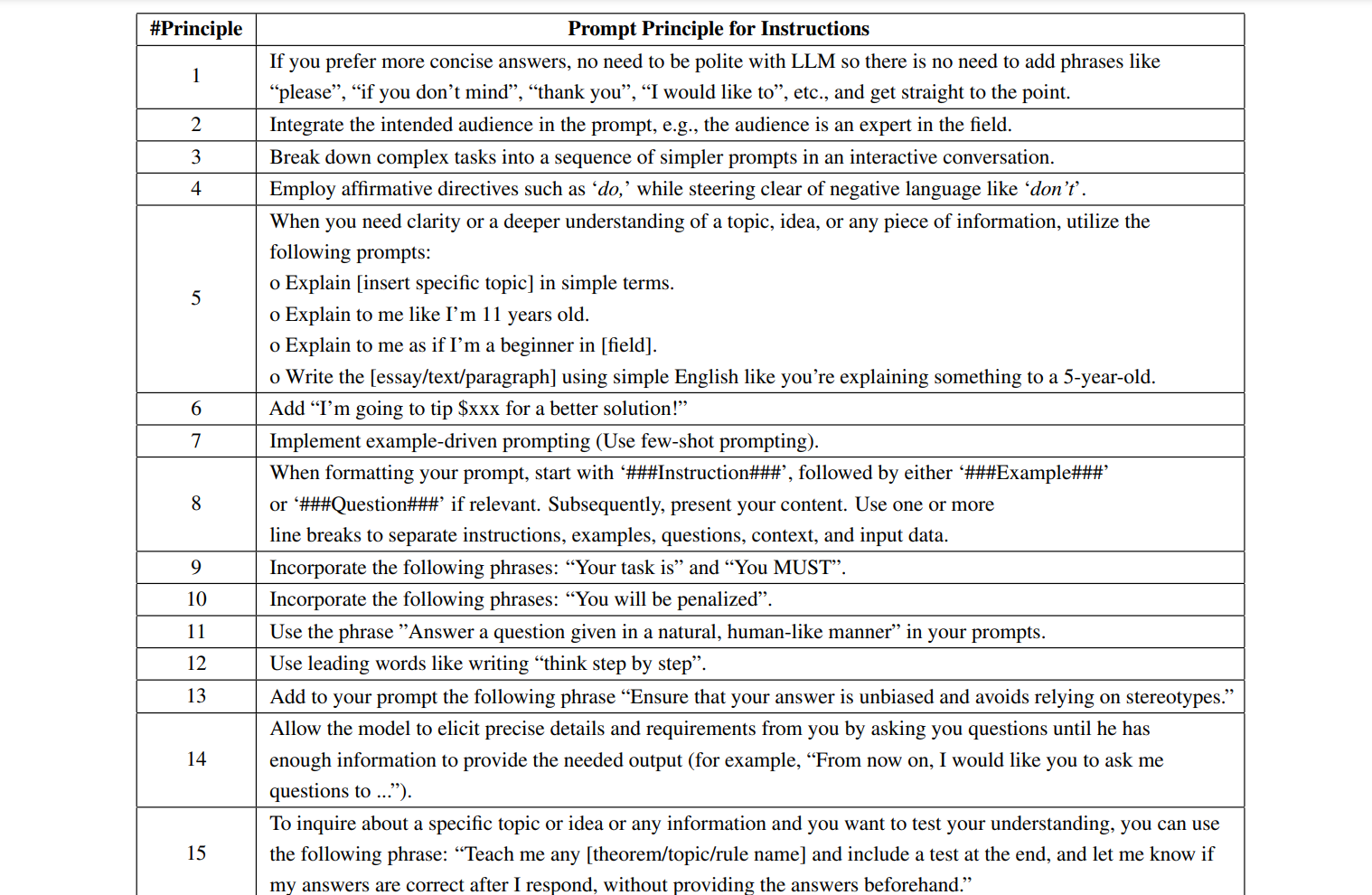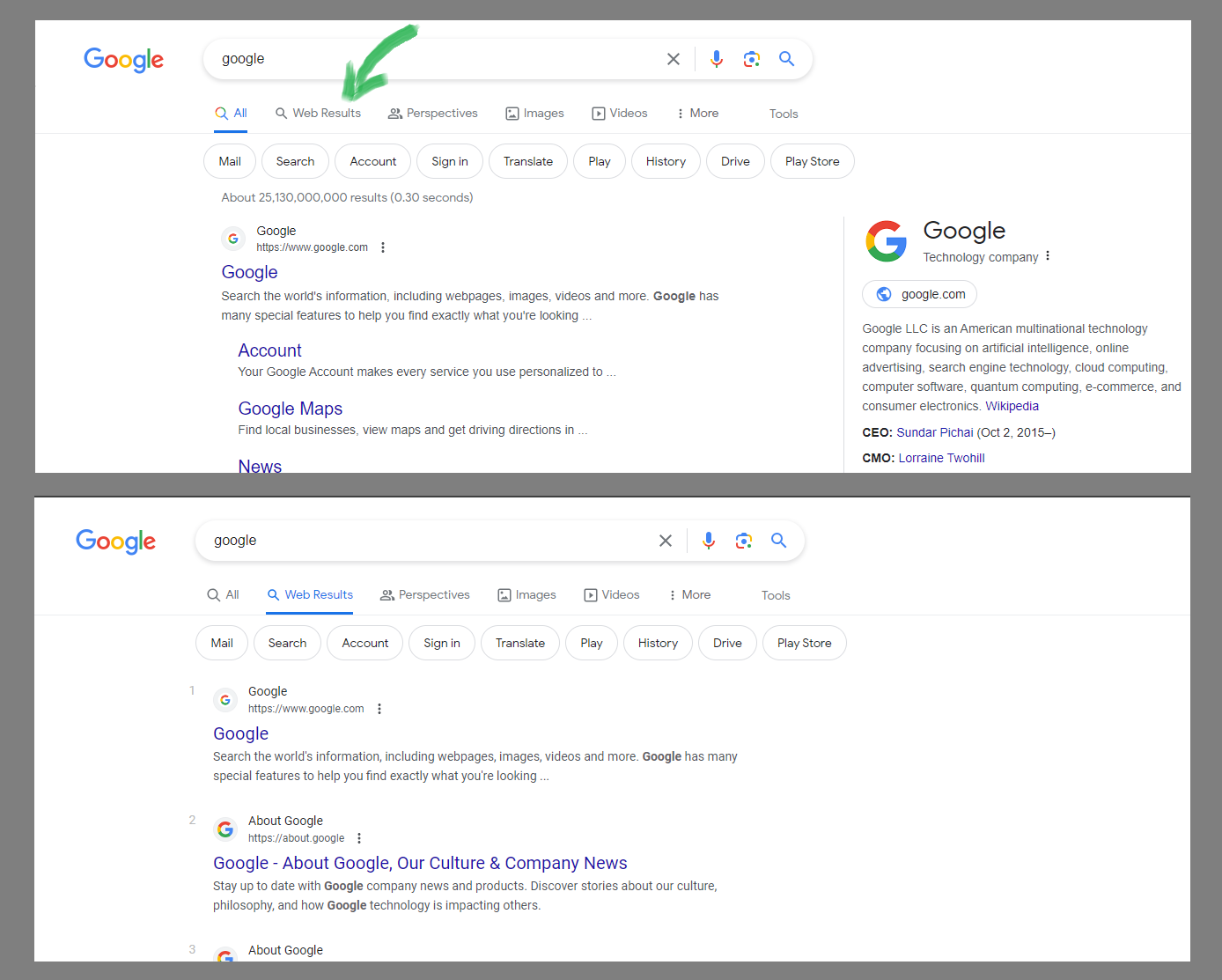For aspiring business owners, market research is essential to understand how your idea stacks up against existing players. It also allows you to visualise the demand for your products or services and the kind of competition you’ll face when you launch.
For start-ups, effective market research is a vital part of understanding your customers, evaluating your strengths and weaknesses, and spotting growth opportunities. It’s also crucial for producing a well-written business plan when seeking investment.
In this article,
company formation agent, 1st Formations, will explain what market research is and why it’s important, and guide you through their 5 tips for conducting effective market research.
What is market research?
Market research gathers information about your target market and consumer demand. The purpose of conducting market research is to understand who buys (or might buy) your products and what influences them to make a purchase to determine how to present your brand effectively.
Image: Digital Information World - AIgen
Understanding your competitors is also an important part of market research. It involves evaluating other similar businesses to see how your company compares in terms of the products/services that you offer, your pricing, USPs, and even brand values.
There are 4 main types of market research: qualitative, quantitative, primary, and secondary. Here’s an easy way to understand the differences between them:
- Qualitative: Written text (e.g. studies, reports)
- Quantitative: Numerical data (e.g. statistics, surveys)
- Primary: Information that you gather yourself
- Secondary: Using existing sources (e.g. internet, books)
Without proper market research, you’re essentially going into business blind. You’re likely to have some assumptions about who your typical customers and competitors are, but they may not be accurate.
It’s crucial to conduct thorough market research and see the true picture of the demand for what you sell, how saturated your market is, and how to price your products correctly. Now, let’s go into our top 5 tips for doing effective market research.
Tip 1: Identify your typical customer
Defining your typical customer and what a potential customer looks like is essential for effective market research. You need to understand who you’re selling to, who wants your products, and why they want them.
This helps ensure that your marketing efforts are aimed at the most valuable customers, maximising your chances of building brand awareness, and boosting conversion. You should focus on gathering the following information about your typical customer:
- Age range
- Gender
- Geographic location
- Education level
- Average household income
- Number of dependents
- Career (occupation, seniority, responsibilities, etc.)
- Which social network(s) they’re active on
Building a customer profile is primary research as it’s specific to your brand. Here are some useful methods to help you conduct this part of your market research:
Interviews
Interviews allow you to tailor your questions, focusing on the exact information you want to find. You can also gather more in-depth data this way, personally engage with your audience, and understand their behaviour.
You can conduct interviews yourself, ask your sales team to speak to customers or use a third party like
GWI or
Vision One to conduct them for you.
Surveys/questionnaires
If interviews are too time-consuming, you might prefer online surveys or speedy multiple-choice questionnaires. If you’re already trading, these can be easily integrated into your website (e.g. a pop-up after someone completes a purchase) or delivered through an email campaign if you have a mailing list. To help you get started with a survey or questionnaire, you might find platforms like
Survey Monkey and
Mailchimp useful.
To find interviewees or encourage people to take your survey/questionnaire, you may need to offer an incentive. For instance, you could offer a discount on their next order or enter them into a prize draw if they participate in your market research.
Alternatively, a good place to start is to ask family and friends to take part. However, it’s important to receive both good and constructive feedback to get realistic and honest answers.
Tip 2: Identify your competitors
Understanding your competition is just as important as knowing your customers when it comes to effective market research. By evaluating your competitors, you can gain valuable insights into who their audience is, what their strengths and weaknesses are, and what your brand can do to improve its position in the market.
Image: Digital Information World - AIgen
You should identify:
- Direct competitors: These are the businesses that sell similar products/services to you.
- Indirect competitors: These companies sell different products but operate in the same industry. For example, if you run a painting and decorating business, an indirect competitor might be B&Q. They sell additional products, but you’re both in the DIY and trade category.
- Substitute (or replacement) competitors: A substitute competitor could ‘substitute’ your product or service with theirs. For example, a restaurant is a substitute competitor for a sandwich shop - both businesses offer different products but serve the same consumer demand.
Here are a few strategies to help you identify your competitors and conduct effective market research:
Google search
A great starting point is a simple Google search. Use keywords (like your product or service and your location) to find relevant results. Going back to the example of a painting and decorating business, you might search for ‘painter and decorator East London’ to find a direct competitor.
To find an indirect competitor, you might search for ‘DIY business London’, and to find a substitute competitor, you could search for ‘handyman services London’.
If you’re unsure how to get started,
Google Trends can help you explore your keywords. It also shows you how interest in those keywords has changed over time and where that interest is based geographically.
Social media listening
‘Listening’ on social media is, effectively, keyword tracking - similar to what Google Trends achieves. On social media, keywords are called hashtags (e.g. #smallbusiness).
You can track your chosen hashtags on each platform and be notified when that term is mentioned in a post or comment. That way, you can stay on top of what people are saying about brands similar to yours.
To set up a listening campaign, you can do this on the individual platform or through software like
Hootsuite, which allows you to track all your channels in one place.
Speak to your customers
When doing your primary research, speaking to customers will give you invaluable insights into your competitors. Whether you’re hosting interviews, focus groups, or doing a quick survey, focus on questions like:
- Are there other similar businesses that you shop/have shopped with?
- Are there any other brands that your products/services/logo/website/store reminds you of?
- What do you think are the similarities and differences between our brand and theirs?
- If you have shopped with other similar brands, what influenced you to do so?
- How often do you shop for these products?
- What influenced you to shop with us over another similar brand today?
- What is your top priority when deciding where to shop for similar products?
- How do you normally shop for those products (e.g. online or in-store)?
Tip 3: Analyse your findings
Our next tip is to analyse your findings. You’ll collect a lot of data when conducting your market research, but to make sense of it, it needs to be reviewed and organised.
Start by outlining your objective(s) - what do you want to clarify based on the information you’ve gathered? Perhaps you want a clear picture of your buyer persona, in which case, you need to focus on that part of your market research.
Then, arrange your findings. You can do this by entering the relevant data into a simple Excel spreadsheet and converting text into a graph or chart. This will make the information easier to digest and spot trends and anomalies.
Then,
Hubspot’s Persona Tool is a great way to build and visualise your typical customer. You can choose their name and avatar and enter all your key findings to create their profile. The persona can then easily be exported and shared with your colleagues, partners, and investors.
Finally, remember to draw conclusions. For example, once you’ve built your buyer persona, think about what that means to your brand. For instance, if you discover that your typical customer isn’t on social media, your takeaway might be to focus on alternative marketing methods.
Tip 4: Repeat your market research
Tip 4 for effective market research is to repeat it routinely. For instance, if you’ve completed the exercise before launching your business, you should repeat your research in the start-up phase. Or if you’ve conducted market research in your first few months of trading, repeat it after a year.
People, markets, and trends are constantly evolving. The purpose of repeating your market research is to identify those changes, see how they affect your business, and evaluate how your brand can adapt and remain relevant and competitive.
Your ability to do this, of course, depends on your goals and resources. If your company has gone through a major change (such as launching a new product or re-branding), you might find it suitable to repeat your market research once or twice a year. Otherwise, once every two years might suffice.
You should assess your business needs and budgets to determine when you should repeat your market research. It’s vital to do this regularly to see how your customers and competitors might be changing, and how that affects you.
Tip 5: Try a market research agency
Finally, we recommend trying an agency to help you conduct effective market research. If you’ve never done this before, are short of time, understaffed, or simply don’t know where to start, seeking expert help will give you access to quality, valuable market data in an efficient way.
We previously mentioned GWI and Vision One, which are great options, as well as
Antedote and
Arlington Research. There are many different market research agencies available, so we recommend shopping around for one that matches your goals and budget.
Summary
So, here you have our top 5 tips for conducting effective market research. Remember to identify your customers, evaluate your competition, arrange, and analyse your findings, repeat your market research, and try an agency for efficient, high-quality results.
by Web Desk via Digital Information World











